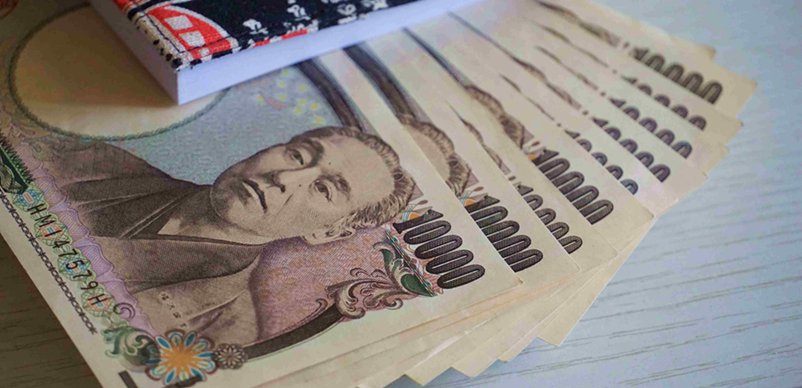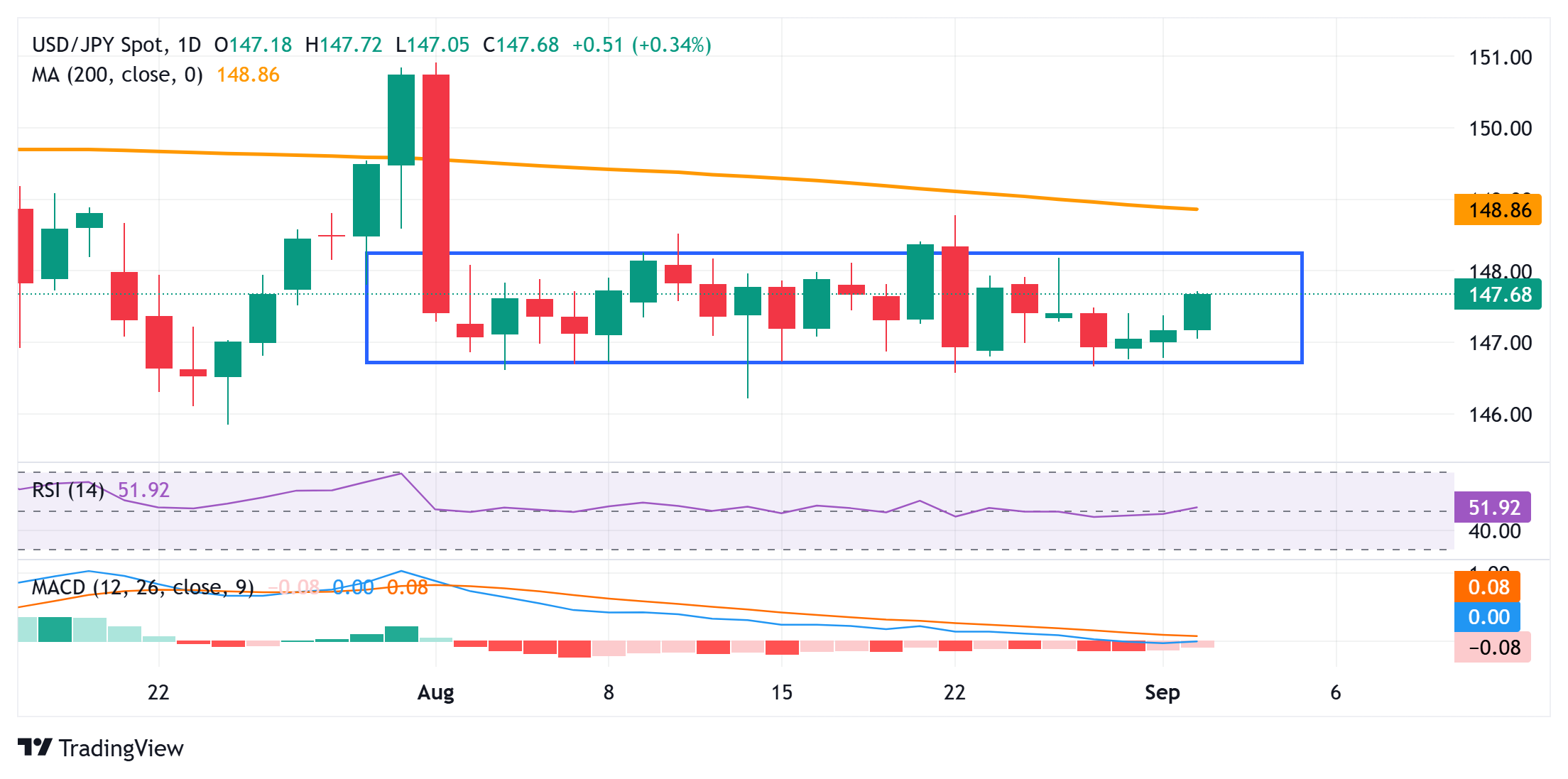Japanese Yen slides to nearly one-week low against rebounding USD; downside seems limited
- Markets in 2026: Will gold, Bitcoin, and the U.S. dollar make history again? — These are how leading institutions think
- Trump says Venezuela's Maduro deposed, captured after US strikes
- Bitcoin Price Surges To $90,000. U.S. Arrests Venezuela's President, Triggers Bull Frenzy
- After Upheaval in the World’s Largest Oil Reserve Holder, Who Will Emerge as the Biggest Winner in Venezuela’s Oil Market?
- U.S. to freeze and take control of Venezuela's Bitcoin holdings after Maduro capture
- Ethereum Price Forecast: Accumulation addresses post record inflows in December despite high selling pressure

The Japanese Yen drifts lower for the third straight day amid the BoJ rate hike uncertainty.
A modest USD rebound contributes to the USD/JPY pair’s positive move to a multi-day high.
The divergent BoJ-Fed policy expectations might cap the pair ahead of key US macro data.
The Japanese Yen (JPY) trades with a negative bias for the third consecutive day against a rebounding US Dollar (USD), lifting the USD/JPY pair to a nearly one-week high, around the 147.65 area during the Asian session on Tuesday. The uncertainty over the likely timing of the next interest rate hike by the Bank of Japan (BoJ) is seen as a key factor undermining the JPY. That said, investors seem convinced that the BoJ will stick to its policy normalization path, which in turn warrants some caution before positioning for any further JPY depreciation.
Apart from this, the cautious market mood and escalating geopolitical tensions might contribute to limiting losses for the safe-haven JPY. The USD, on the other hand, might struggle to attract any meaningful buyers amid bets that the Federal Reserve (Fed) will lower borrowing costs in September and deliver at least two rate cuts by the year-end. The outlook marks a significant divergence in comparison to hawkish BoJ expectations and should help limit deeper losses for the lower-yielding JPY, which, in turn, might keep a lid on the USD/JPY pair.
Japanese Yen drifts lower amid the uncertainty over the likely timing of the next BoJ rate hike
Asian stocks posted modest gains at the open on Tuesday amid a surge in China's CSI 300 Index, which contributes to the safe-haven Japanese Yen's underperformance against its American counterpart for the third straight day.
Capital Spending data released from Japan on Monday indicated a pickup in business investments in the second quarter. This could bolster the labour market and demand-driven inflation, reaffirming Bank of Japan rate hike bets.
In contrast, traders are pricing in a nearly 90% chance that the Federal Reserve will lower borrowing costs by 25 basis points in September, which marks a significant divergence in comparison to hawkish BoJ expectations.
Moreover, market participants see a greater chance that the US central bank will cut interest rates twice by the end of this year. This, along with concerns about the Fed's independence, keeps the US Dollar bulls on the defensive.
US Treasury Secretary Scott Bessent, speaking during a Reuters interview, defended President Donald Trump’s removal of Fed Governor Lisa Cook and argued that allegations of mortgage fraud against her warranted scrutiny.
Cook, however, refused to step down and has filed a lawsuit. Meanwhile, Cook's departure would give Trump another appointment to the Fed's seven-member board and command a majority for the first time in decades.
Moreover, Trump has repeatedly criticized Fed Chair Jerome Powell for not cutting rates more aggressively. Nevertheless, the development has raised concerns about the central bank's autonomy and could weigh on the USD.
A busy week of important US macro releases scheduled at the start of a new month kicks off with the ISM Manufacturing PMI, which might influence the USD price dynamics and influence the USD/JPY pair later this Tuesday.
Investors will also confront the release of the US JOLTS Job Openings on Wednesday, followed by the ADP report on private-sector employment and ISM Services PMI on Thursday, and the Nonfarm Payrolls (NFP) report on Friday.
USD/JPY is more likely to attract fresh sellers and remain capped near the 148.00 round figure

From a technical perspective, the USD/JPY pair's move up over the past three days validates a support marked by the lower boundary of a four-week-old trading range, around the 146.70 region. The said area should act as a key pivotal point, which, if broken decisively, could drag spot prices to the August swing low, around the 146.20 area, en route to the 146.00 mark. Some follow-through selling will be seen as a fresh trigger for bearish traders and pave the way for deeper losses.
On the flip side, any further move up could attract fresh sellers and remain capped ahead of the 148.00 round figure, which represents the top end of the multi-week-old trading band. A sustained strength beyond could prompt a short-covering rally towards the recent swing high, around the 148.75-148.80 region. The latter nears the 200-day Simple Moving Average (SMA). Hence, some follow-through buying might shift the near-term bias in favor of the USD/JPY bulls.
Read more
* The content presented above, whether from a third party or not, is considered as general advice only. This article should not be construed as containing investment advice, investment recommendations, an offer of or solicitation for any transactions in financial instruments.

